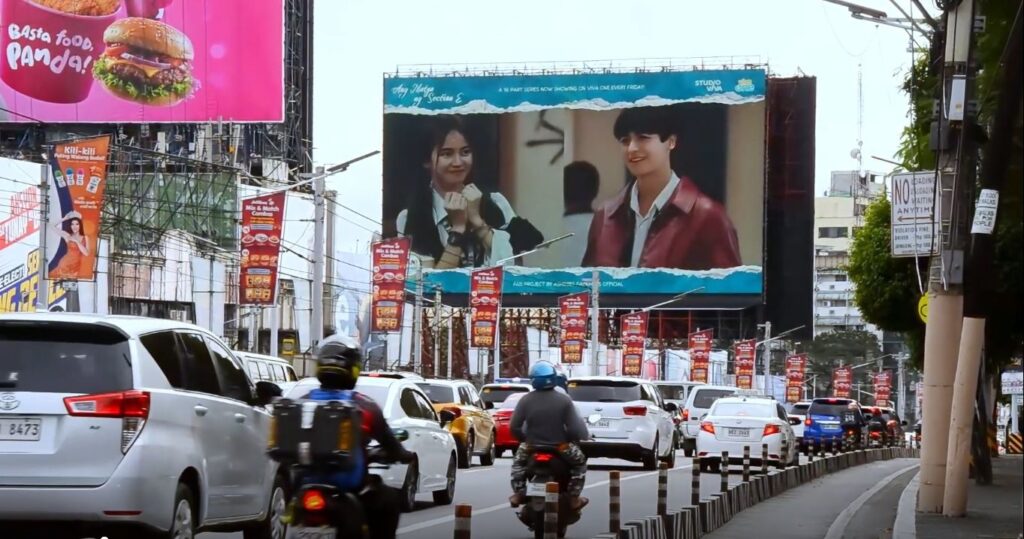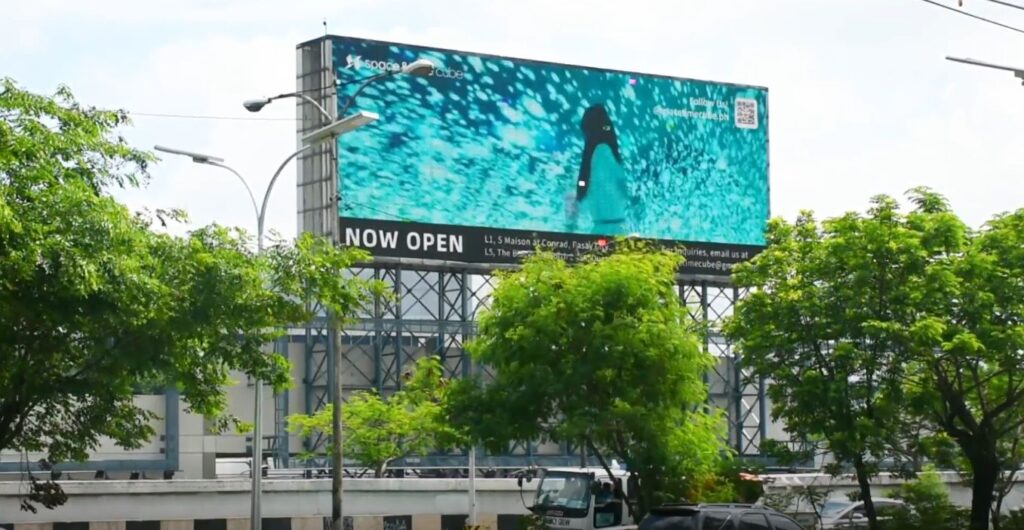Nowadays, one of the most effective and versatile tools in a marketer’s toolbox is digital out of home media (DOOH) advertising. DOOH enables marketers to contact consumers in real time, with tangible impact, through interactive displays in transport hubs, retail spaces, and large LED billboards.
But even with its increasing sophistication and accessibility, a lot of executions still fall short, not because the medium is ineffective, but rather because it’s frequently overlooked. Even the most visually attractive campaigns can perform poorly owing to basic errors, whether they are caused by imprecise goals, bad creative, or a lack of strategic thinking.
This article will discuss the most typical DOOH campaign errors and, more crucially, how to steer clear of them.

Mistake #1: NO CLEAR GAME PLAN
Let’s begin with the most fundamental problem: starting a DOOH campaign with no clear objective.
An excessive number of brands depend on vague goals like “increase brand awareness” or “drive more traffic.” It is almost impossible to define success—or failure—in the absence of a quantifiable result.
How to resolve it:
From the beginning, establish a clear, measurable goal. Are you increasing website traffic? Endorsing the launch of a new product? boosting foot traffic at a retail establishment? That goal should serve as the foundation for your campaign’s structure, creative direction, and measurement plan.
Mistake #2: TRYING TO SAY TOO MUCH
DOOH is short-lived, unlike digital commercials that viewers can pause or return to. People are driving, walking, or just passing by. Attempting to fit in a lot of messages, complicated text, or eye-catching images merely guarantees that none of it will be understood.
How to repair it:
Make it simpler. A forceful call-to-action, one image, and a clear title are all that are needed. Prioritize clarity over intricacy. It’s too much if your advertisement can’t be understood in five to ten seconds.
Mistake #3: IGNORING THE CONTEXT
Regardless of where or when it runs, many brands use the same creative on all screens. This “set it and forget it” strategy ignores contextual relevance, which is one of DOOH’s strongest points.
How to resolve it:
Adapt your message to the audience’s behavior, the time of day, and the location. In a commuter area, a breakfast promotion at 7 a.m. makes sense, but not outside a gym at 5 p.m. Context is important.
Mistake #4: NOT USING REAL-TIME TRIGGERS
Despite being a digital medium, DOOH is often treated as static print. The impact of your campaign is limited if you don’t take advantage of dynamic triggers, such as traffic, weather, or social trends.
How to resolve it:
Enhance relevancy by utilizing real-time data. Display distinct advertisements according to current events, trending hashtags, or temperature, for instance. Your advertisements may become more relevant and interesting with these changes.

Mistake #5: BAD PLACEMENT CHOICES
The placement of an advertisement can make or break its success. If you put beautiful, creative messaging in the wrong place or target the wrong demographic, it will not perform as well as it could.
How to resolve it:
Placement can be informed by location information and audience data. Take into account details, such as the side of the street with the highest foot traffic at noon, and make the necessary adjustments.
Mistake #6: NOT HAVING CTA (Call to Action)
Too often, campaigns just don’t inform people what to do next. The absence of a call to action (CTA) results in a dead end, whether the action is going to a business, scanning a QR code, or redeeming an offer.
How to resolve it:
Include a compelling, obvious, and obvious call to action. Make sure the QR code is large enough to be scanned and that it is visible on the screen for a sufficient amount of time. Give a clear incentive: “Scan for 20% off” works much better than a context-less QR square.
Mistake #7: Disconnected from Broader Marketing Efforts
If disconnected to other platforms, your DOOH efforts will make your brand story weakened and your audience may become confused if it seems unrelated to your print, internet, or social media advertising.
How to resolve it:
Make sure your DOOH messaging complements your overarching marketing plan. A consistent message on all platforms strengthens your brand and improves recognition.
Mistake #8: Running the Same Ad Over and Over
Repeating something over and over again can make even the most visually appealing content stale.
How to resolve it:
Make several iterations of your advertisement to run throughout the day or week. Using variety keeps your audience interested and your material new.
Mistake #9: Ignoring Technical Specifications
Technical requirements vary throughout DOOH platforms. in a roadside billboard, a file that looks great in a mall exhibit might not seem the same.
How to resolve it:
For accurate specifications, such as resolution, file size, screen dimensions, and duration, always confirm with your media source. Ignoring these may result in subpar displays or even rejected advertisements.
Mistake #10: NO WAY TO TRACK RESULTS
You cannot demonstrate success or make improvements for the future without measuring. Sadly, a lot of DOOH efforts don’t even monitor performance.
How to resolve it:
Establish straightforward, efficient methods for gauging impact. These may consist of:
- QR codes that include distinct URLs
- Promo codes associated with particular creatives
- Using geo-fenced mobile data to monitor visits
- A/B testing in various time slots or screens
You need to track something, but you don’t have to track everything. Calton DAtx can help you with that.
Make DOOH Work for You
The potential of digital out-of-home advertising is enormous. However, campaigns need to be well-thought-out, data-driven, and creatively sound in order to realize their full potential.
Prior to starting your next DOOH campaign, consider whether you have a specific, quantifiable goal.
- Is my message bold and straightforward?
- Am I taking audience, time, and place into account?
- Have I made a compelling call to action?
- Is it possible for me to monitor performance?
Avoid these common mistakes, and your DOOH campaign won’t just look good—it’ll drive real, measurable results.

Need Help Avoiding These Mistakes?
Making the most out of your DOOH campaign means more than just avoiding common pitfalls. It’s about planning smarter, targeting better, and executing with precision.
If any of these mistakes sound familiar, don’t worry — you’re not alone. We’ve helped businesses across the Philippines refine their DOOH advertising strategies and achieve real results.
Let’s talk about how we can do the same for you.
Contact our team today and get expert guidance tailored to your brand goals.
